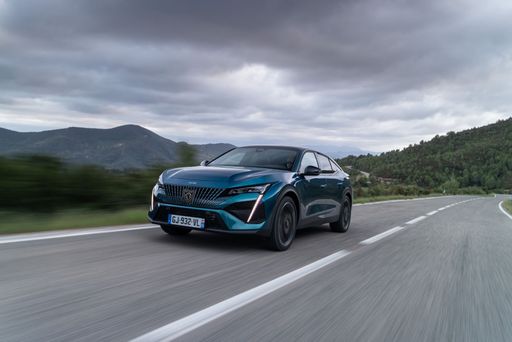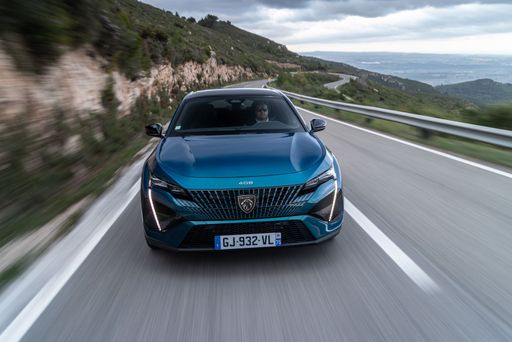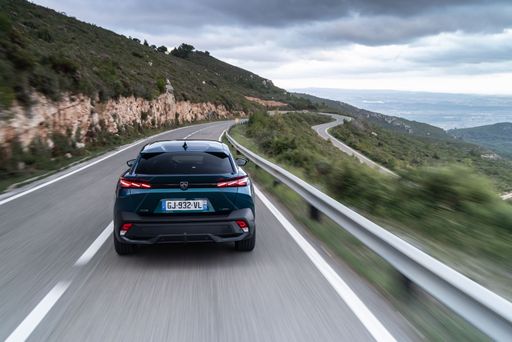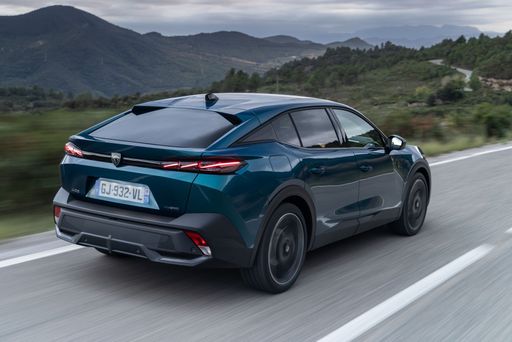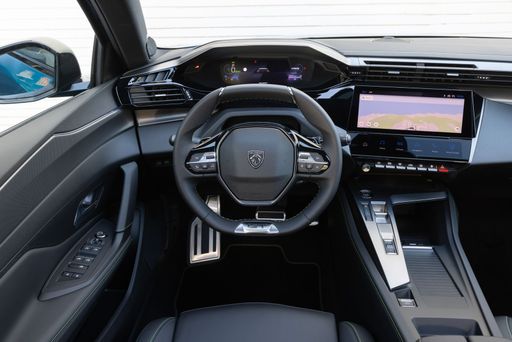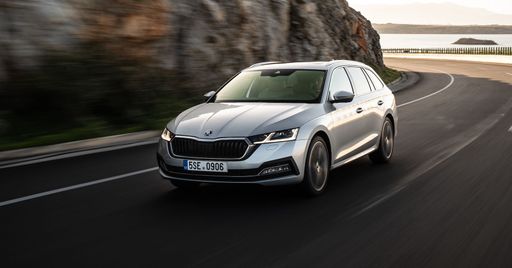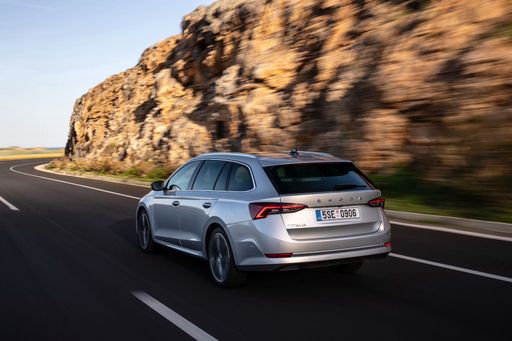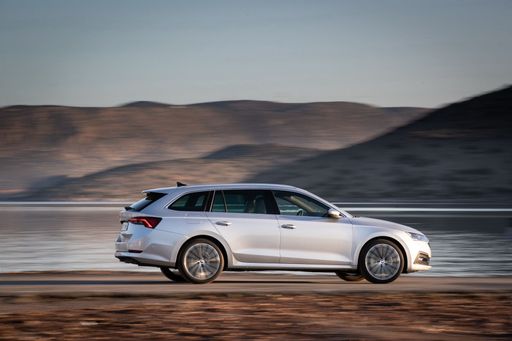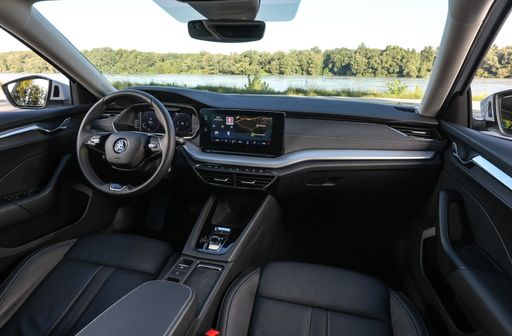Peugeot 408 vs Skoda Octavia Combi: A Comprehensive Comparison
In the ever-competitive automotive landscape, the Peugeot 408 and Skoda Octavia Combi stand out as top contenders in the family car segment. Both vehicles, with their unique designs, innovative technologies, and impressive performance figures, offer a lot for potential buyers. This article delves into a comparative analysis of these two models, exploring their technical specifications, performance metrics, and cutting-edge innovations.

